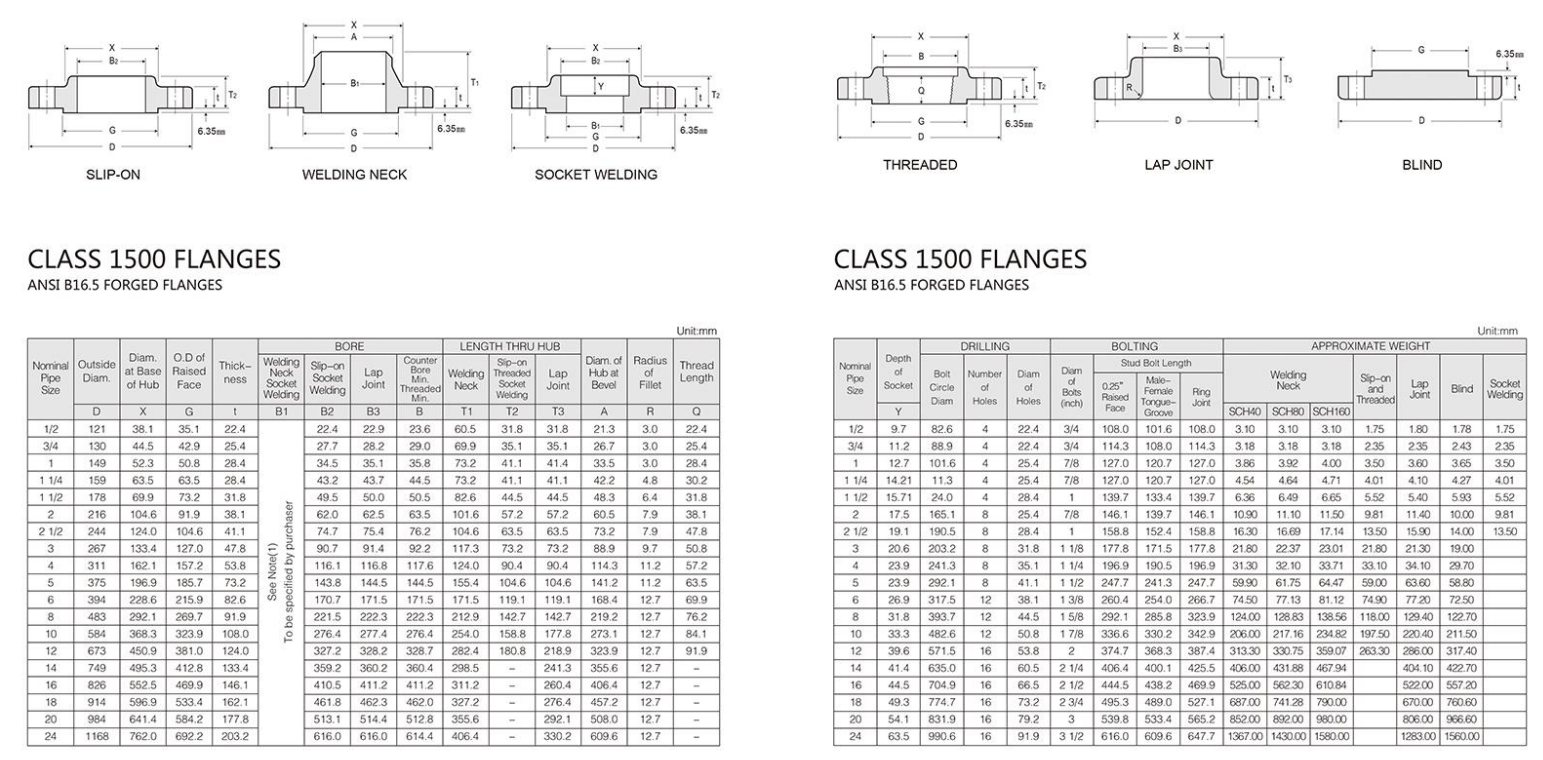-
Cangzhou Yulong Steel Co., Ltd.
-
Phone:
+86 13303177267 -
Email:
admin@ylsteelfittings.com
- English
- Arabic
- Italian
- Spanish
- Portuguese
- German
- kazakh
- Persian
- Greek
- French
- Russian
- Polish
- Thai
- Indonesian
- Vietnamese
- Zulu
- Korean
- Uzbek
- Hindi
- Serbian
- Malay
- Ukrainian
- Gujarati
- Haitian Creole
- hausa
- hawaiian
- Hebrew
- Miao
- Hungarian
- Icelandic
- igbo
- irish
- Japanese
- Javanese
- Kannada
- Khmer
- Rwandese
- Afrikaans
- Albanian
- Amharic
- Armenian
- Azerbaijani
- Basque
- Belarusian
- Bengali
- Bosnian
- Bulgarian
- Catalan
- Cebuano
- China
- China (Taiwan)
- Corsican
- Croatian
- Czech
- Danish
- Esperanto
- Estonian
- Finnish
- Frisian
- Galician
- Georgian
- Kurdish
- Kyrgyz
- Lao
- Latin
- Latvian
- Lithuanian
- Luxembourgish
- Macedonian
- Malgashi
- Malayalam
- Maltese
- Maori
- Marathi
- Mongolian
- Myanmar
- Nepali
- Norwegian
- Norwegian
- Occitan
- Pashto
- Dutch
- Punjabi
- Romanian
- Samoan
- Scottish Gaelic
- Sesotho
- Shona
- Sindhi
- Sinhala
- Slovak
- Slovenian
- Somali
- Sundanese
- Swahili
- Swedish
- Tagalog
- Tajik
- Tamil
- Tatar
- Telugu
- Turkish
- Turkmen
- Urdu
- Uighur
- Welsh
- Bantu
- Yiddish
- Yoruba

Oct . 04, 2024 19:41 Back to list
mandrel bent piping
Understanding Mandrel Bent Piping A Detailed Overview
Mandrel bent piping is an essential technique used in various industries, particularly in automotive, aerospace, and construction applications. This process involves creating smooth and precise bends in pipes without compromising their structural integrity. In this article, we will explore the key aspects of mandrel bent piping, its benefits, applications, and the techniques involved in the process.
What is Mandrel Bending?
Mandrel bending is a method where a pipe is bent around a solid form, known as a mandrel, which is inserted inside the pipe. This mandrel supports the internal wall of the pipe during the bending process, preventing the pipe from collapsing or deforming. This technique ensures that the bend maintains a consistent diameter and radius, making it ideal for applications requiring high precision.
The mandrel is typically made of steel or other durable materials and comes in various sizes and shapes, corresponding to the pipe dimensions being worked on. By using a mandrel, manufacturers can achieve tighter bends than traditional methods, which often leave the pipe susceptible to kinks and other defects.
Benefits of Mandrel Bent Piping
1. Improved Flow Characteristics One of the significant advantages of mandrel bent pipes is their enhanced flow characteristics. The smooth bends generated through this process reduce turbulence and pressure drops, making them ideal for fluid transport systems.
2. Structural Integrity Unlike pipes that are bent using other methods, mandrel bent pipes maintain their structural integrity. The internal support provided by the mandrel prevents crimping and wrinkling, ensuring that the pipes can handle the pressures of their intended applications.
3. Aesthetic Appeal When it comes to visible applications, such as exhaust systems or architectural features, mandrel bent piping offers a clean and professional look. The uniformity of the bends enhances the overall aesthetic of the product.
4. Versatility Mandrel bending can be applied to various materials, including stainless steel, aluminum, and even plastic, making it a versatile option for many industries. This adaptability allows manufacturers to cater to diverse needs and specifications.
5. Cost-Effectiveness While the initial setup for mandrel bending may require more investment compared to other bending methods, the long-term benefits can lead to cost savings. The durability and longevity of mandrel bent pipes reduce the need for frequent replacements.
mandrel bent piping

Applications of Mandrel Bent Piping
Mandrel bent piping is used in a myriad of applications. In the automotive industry, for example, it is commonly employed in the production of exhaust systems, where efficient airflow is critical for performance. Similarly, in the aerospace sector, mandrel bent pipes are utilized in fuel lines and other systems requiring precise engineering.
Beyond transportation, mandrel bent piping finds its application in construction projects, particularly for structural supports and handrail systems
. These applications highlight the strength and visual appeal of mandrel bent pipes, showcasing their versatility in both functional and aesthetic roles.Techniques Involved in Mandrel Bending
The mandrel bending process involves several key techniques
1. Preparation Before bending, the pipe is prepared by cleaning and measuring it to ensure accuracy.
2. Mandrel Insertion The mandrel is inserted into the pipe, providing support during the bending process.
3. Bending The pipe is then fed into a bending machine, which applies pressure at specific angles to create the desired bend. The machine's controls allow for precision adjustments to achieve the exact radius and angle needed.
4. Finishing Once the bending is complete, the pipe undergoes a finishing process to remove any imperfections and prepare it for its final application.
Conclusion
Mandrel bent piping is a crucial technique that offers numerous advantages, including improved flow characteristics, structural integrity, and aesthetic appeal. Its applications span across various industries, demonstrating its versatility and importance in modern manufacturing. Understanding the process and benefits of mandrel bent piping equips professionals with the knowledge necessary to make informed decisions when selecting piping solutions for their projects. As technology advances, mandrel bending techniques continue to evolve, promising even greater efficiency and precision in the future.
Latest news
-
ANSI 150P SS304 SO FLANGE
NewsFeb.14,2025
-
ASTM A333GR6 STEEL PIPE
NewsJan.20,2025
-
ANSI B16.5 WELDING NECK FLANGE
NewsJan.15,2026
-
ANSI B16.5 SLIP-ON FLANGE
NewsApr.19,2024
-
SABS 1123 FLANGE
NewsJan.15,2025
-
DIN86044 PLATE FLANGE
NewsApr.19,2024
-
DIN2527 BLIND FLANGE
NewsApr.12,2024
-
JIS B2311 Butt-Welding Fittings LR/SR 45°/90° /180°Seamless/Weld
NewsApr.23,2024











